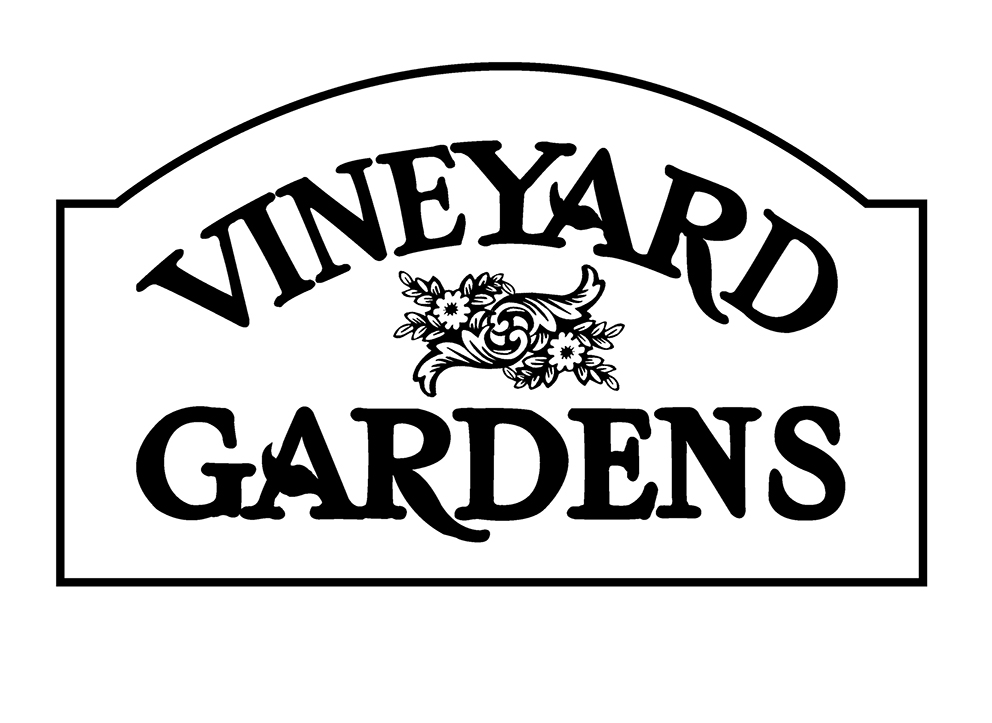All the distractions in the sociopolitical world today has allowed for a benign neglect of remembrance for some of our most important historical landmarks, like the centennial of the end of hostilities with the signing of the Armistice, 11 November 1918. The First World War was a long, bloody affair that was most keenly felt on the eastern and western fronts of the European Continent. They couldn’t have known that it was “the First” and for most, at the time, it was not clear why they fought and what was won, or lost. Historical events are rarely cleanly fixed on a specific date or hour, they are spread out over months of best intentions and half measures until at a particular place and time a signature demarcates a new course.
Throughout the 20th century Armistice Day was a significant holiday, the First World War was closer to us and there were fewer other wars to celebrate the ends of. My grandfather fought and lost an eye in “The Great War”, its brutality was still felt in the pages of history books, it was still a visceral reality.
We are the Dead. Short days ago
We lived, felt dawn, saw sunset glow,
Loved and were loved, and now we lie
In Flanders fields.
So it has been a bit surprising to me that over these last few years there hasn’t been more attention paid to the nearly daily critical centennial events related to the playing out of the bloodiest war of our previous generation. We should be aware of events that led up to what caused it, how it played out and what brought it to a close, let alone what in retrospect was gained and what was lost.
The famous quote attributed to George Santayana, "Those who cannot remember the past are condemned to repeat it.” applies here. Much attention is paid these days to the fight against Fascism in “the Second” World War, for obvious and worthy reasons, but there are significant socioeconomic reasons for understanding the meltdown of the sprawling dynastic empires that dominated the end of the 19th Century at the peak of the Industrial Revolution. The battles against extreme inequality and balance of power were central to the causes and consequences of the First War and very much at play in our struggles today.
It is for this reason that I have planned and laid the seed, literally, for a memorial to the end of the First World War, the signing of the Armistice and ultimately the ratification of the Treaty of Versailles from June 28th, through the month of July, 1919. The process began with the signing of the Armistice on 11 November 1918 that marked the beginning of the end of actual fighting in the trenches of the Western Front that stretched through much of the largely agricultural lands of the Meuse River valley, across Belgium and deep into France. For nearly five years over hundreds of miles trenches, tanks, bombing, fires, blood, sickness and death ravaged the rich farmlands that had fed most of Europe. Then suddenly, it stopped. With all these soils, formally under cultivation, churned up and sub-grades left exposed, the spring rains brought the germination of long dormant weed seeds, predominantly a pesky little wildflower, Papaver rhoeas, or Corn Poppy. The plant brings little virtue to human needs other than to choke out intended, cultivated food crops. It does however produce a brilliant, richly saturated, deep red flower as frail as tissue and only lasting a day. So across the fields of Western Europe, mostly in the areas designated as “No Man’s Land” Corn Poppies germinated as thick as lawns and when in flower blanketed the battlegrounds in a sea of blood-red flowers. The event became a metaphor for the blood of the lives lost to a worthy cause however unclear at the time just what that cause was.
Take up our quarrel with the foe:
To you from failing hands we throw
The torch; be yours to hold it high.
If ye break faith with us who die
We shall not sleep, though poppies grow
In Flanders fields.
Lieutenant-Colonel John McCrae
This last Fall we decided to renovate Vineyard Gardens’ display beds along State Road across from the West Tisbury Post Office. Over the years the soils there had become eroded and compacted to such an extent that they lacked one of the most critical components of fine gardening, good drainage. So we lifted nearly all of the shrubs and perennials habituated there and turned the soil several inches deep and added a thick berm of course sand. Then we topped it all off with organic fertilizer and several inches of VG planting mix. This left us with a pure open garden bed nearly 100 feet in length by about 20 feet at the deepest point. A perfect opportunity to make a temporary and timely statement. The timing was critical, I sourced bulk Papaver rhoeas seed and when the time was right, sometime towards the end of March, mixed nearly 200,000 of the tiny black seeds with sand and spread them evenly across the entire length of the sunny end of the bed. To my surprise and delight, and chagrin every single seed germinated creating a dense blanket of bright green. Since then I’ve been thinning and transplanting seedlings trying to allow some plants enough space, air and sun to fully flower and other areas that were missed or thin of plants to fill in. They’re all coming along and seem to be right on schedule to begin flowering towards the end of June to coincide with the ratification process of the Treaty of Versailles.
I hope the display will draw attention as Islanders and visitors alike speed by on their way up Island or down and raise a question about what will be a new sight along that stretch of State Road. If anyone asks, now you’ll know!









